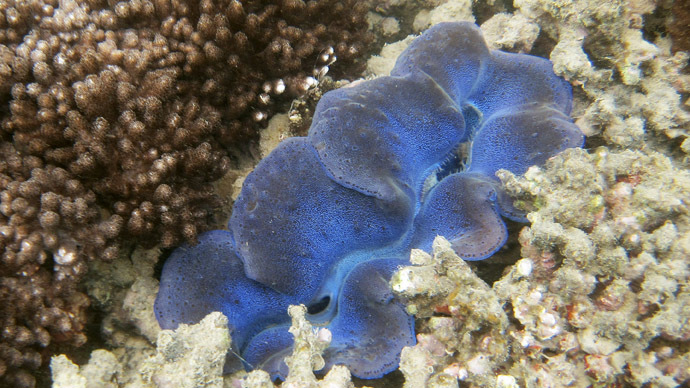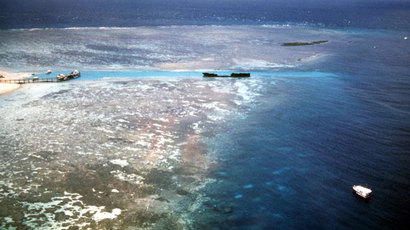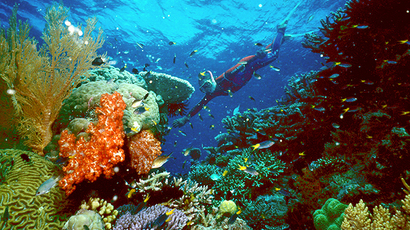Australia to reverse plan to dump mud on Gt Barrier Reef

The Australian government is pondering a new plan for disposal of waste from expanding the country’s port of Abbot Point, which would see the dredged mud and sand reused on land instead of being dumped by the Great Barrier Reef, as was initially planned.
The on-land disposal project has been approved by the Queensland government. The decision was made despite the fact that federal authorities have already, at the beginning of the year, given green light to dumping three million cubic meters of dredged seabed near Australia’s iconic reef.
READ MORE:Great Barrier Reef to get backyard mud dump after coal port expansion
Queensland’s premier, Campbell Newman, announced Monday that the cabinet had approved a new disposal plan and had asked the federal environment minister, Greg Hunt, to fast-track the application.
“[It] will create a win-win situation,” Newman said in a statement. “It will protect the unique values of the Great Barrier Reef and allow for the staged development of the important port of Abbot Point.”
UNESCO declared the Great Barrier Reef a World Heritage site in 1981. It supports a fantastic array of marine species and plant life, and is nearly the size of the US state of Montana, covering an area of some 350,000 square kilometers. Over 2,000 different species of fish exist there, with new ones being discovered each year; while there are also a massive 4,000 species of coral.
The new plan has been inspired by a legal action launched by an environmental group, the North Queensland Conservation Council, against the decision to dump the dredged waste next to a UNESCO World Heritage site.
Court proceedings could delay the project by up to two years, the Australian Associated Press reported.
Environmentalists have generally welcomed the new plan, but the NQCC said it was not yet dropping the legal action.
“We are waiting to see details so we are hanging in there,” said Wendy Tubman, coordinator of the NQCC, as cited by the Guardian. “It’s a step forward that they’ve recognized the damage caused by sea dumping but we’re concerned that this is a knee-jerk response that will just transfer damage from one area to another.”
Conservationist groups have opposed not only dumping of dredged spoil near the Great Barrier Reef, but the idea of the Abbot Point port expansion on the whole.
Once construction works are over, the Abbot Point will turn into the world’s biggest coal port. Mining firms sponsoring the project want to use the port for exporting 120 million tons of coal a year.
Environment campaigners don’t want to see ship traffic around the fragile corals and seagrass of the reef to double, as is going to happen once the port is built.
The Australian Coral Reef Society and the University of Queensland told a senate inquiry in July that the Great Barrier Reef off Australia’s east coast was “in theworst statesince records began.”
UNESCO has voiced serious concern over the condition of the Great Barrier Reef. It is to decide next year if the reef should be listed as a World Heritage site in danger.














